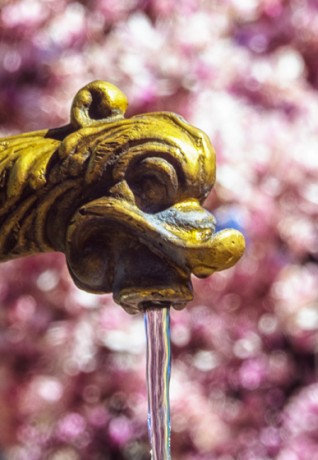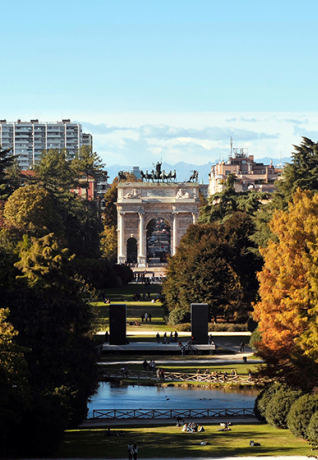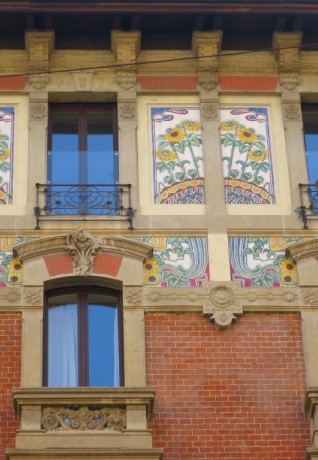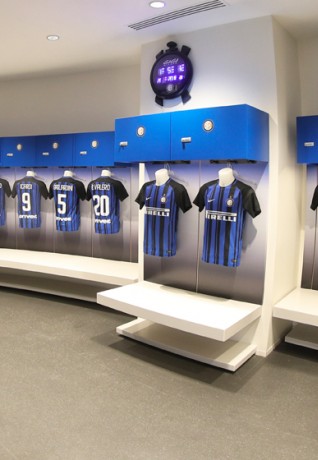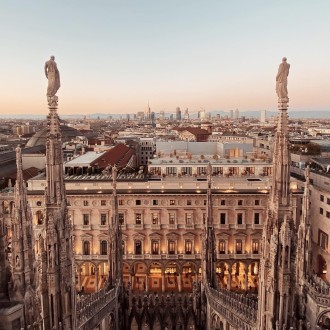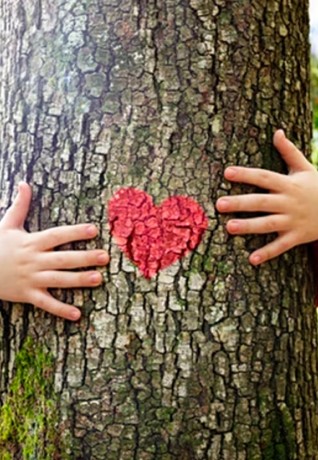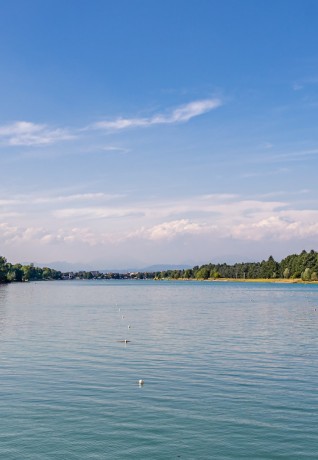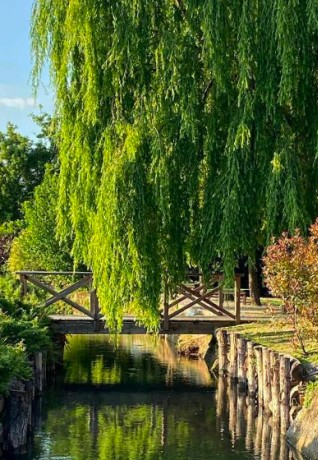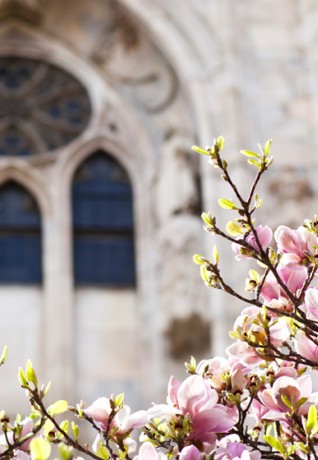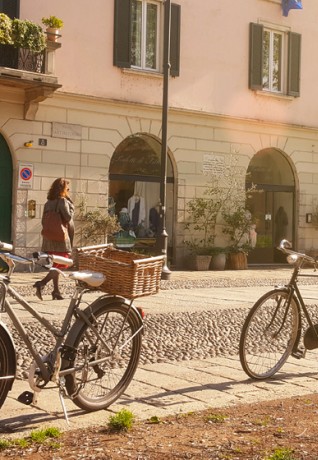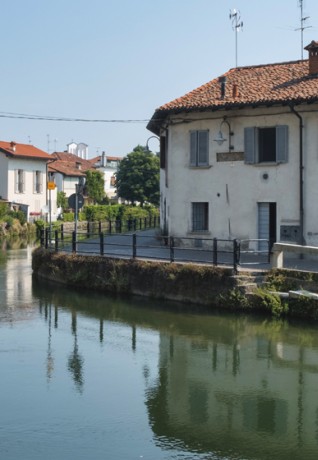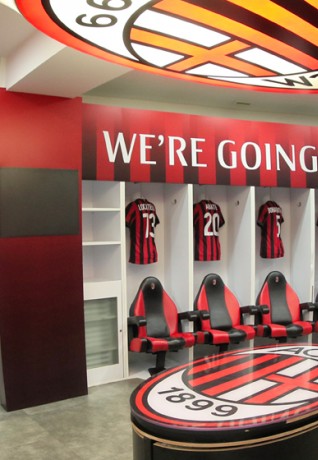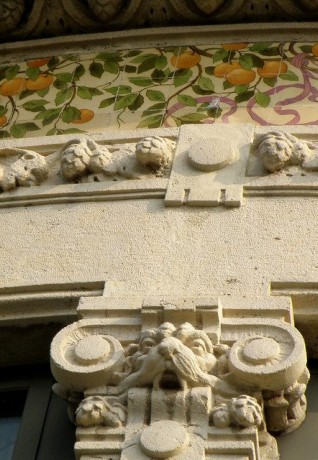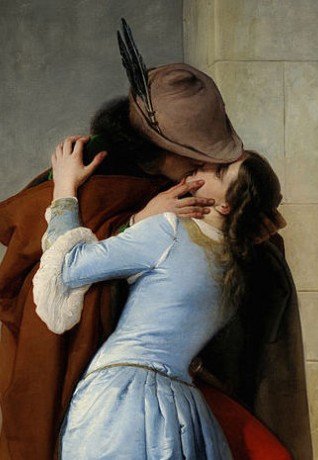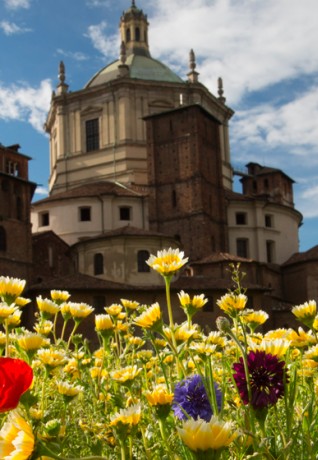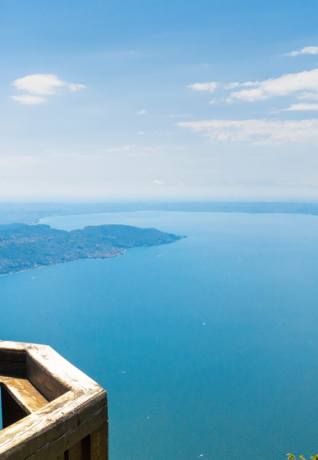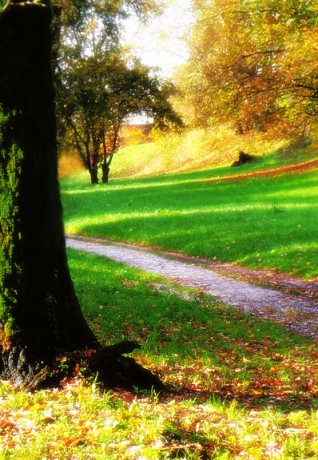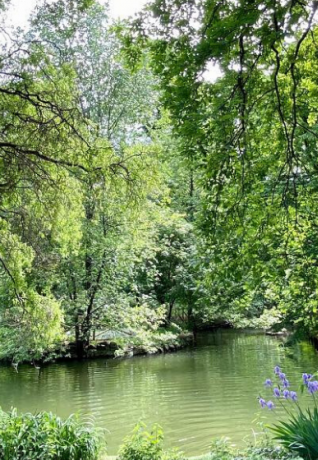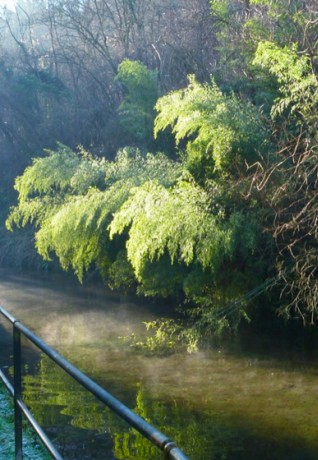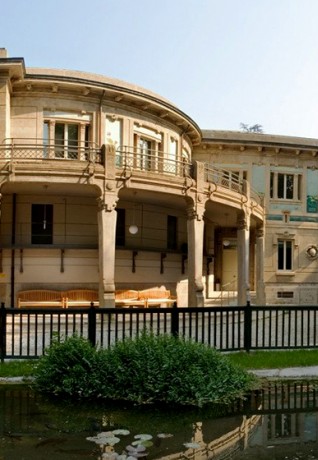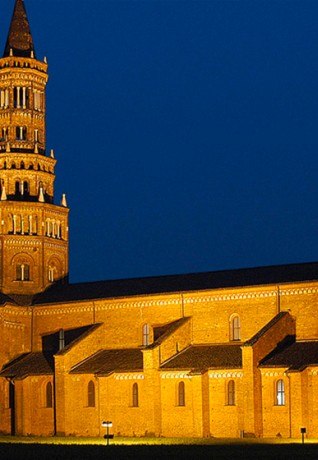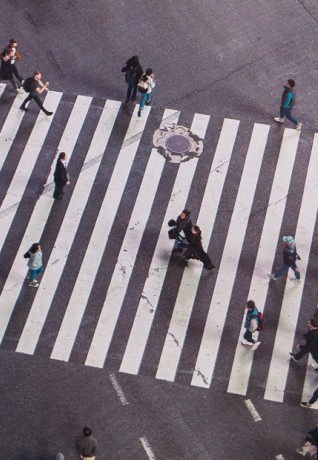Parks in the city
The green areas to visit
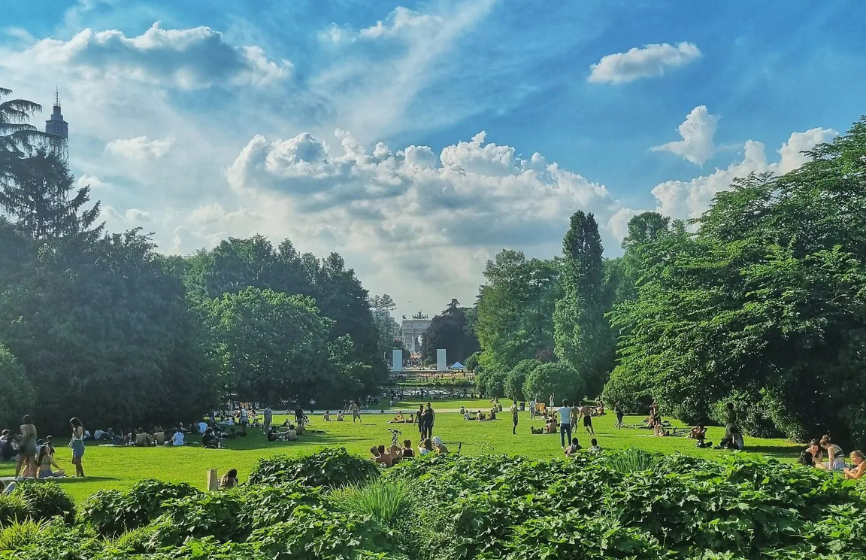
Milan has many large pleasant parks where visitors can enjoy going for a run or a long walk. Parco Sempione is one of the best known, together with the 640 hectares of Parco Nord, and BAM – the Library of Trees at the foot of the Bosco Verticale. Numerous smaller-scale gardens entice their visitors with natural elegance.
This large park is in the centre of Milan, and it unites the Castello Sforzesco - Arco della Pace perspective axis with the gentle greenness of the lateral gardens.
Parco Sempione is a precious fount of twentieth-century architecture: the most monumental being the Triennale with the nearby Torre Branca by Gio Ponti.
Opposite the Castello stands the small Art Nouveau Civic Aquarium, while tucked away in the heart of the garden is the Parco Sempione Library.
How to get there: Metro line M1 (red) Cairoli or Cadorna stop.
A large green area, at the foot of the Bosco Verticale, which extends between Piazza Gae Aulenti and the Isola district.
We suggest you stop off here to enjoy the great variety of botanical species and the diversity of spaces that are much appreciated by the locals on their lunch breaks in the summer. There are also many events open to the public, organised by the Catella Foundation, including games for children, outdoor gym equipment and the picnic area. The park is also accessible to wheelchair users.
How to get there: underground M2 (green) Garibaldi or Gioia stops, and M5 (lilac) Garibaldi or Isola stops
The Indro Montanelli Gardens can be found in Milan’s vibrant rainbow district.
A popular outdoor meeting point for young people and creatives, it is a stone's throw from the PAC - Contemporary Art Pavilion and the GAM - Modern Art Gallery.
It is also the ideal place for an afternoon with the family to enjoy the Natural History Museum, the Planetarium and the park’s playground rides.
Or maybe just to take a break from shopping in the nearby fashion district, strolling through the leafy tree-lined avenues, immersed in the scent of the greenery.
How to get there: underground M1 (red), Palestro stop.
This park is a fine example of urban regeneration set the heart of the eponymous Portello district, west of the city centre between viale Certosa and QT8.
Characterized by its extraordinarily long bench where visitors can pause to admire the perfectly circular lake - maybe after having climbed (and descended) the double helix spiral hill - it’s a pleasure to explore this area by strolling amongst the hedges and the regularly planted rows of trees to discover all about the astronomical themed installations and sculptures.
How to get there: Metro line M5 (lilac) Portello stop.
Parco Forlanini connects the Linate airport area with the city. This large park, inaugurated in the 1970s, combines spontaneous vegetation with the traditional Lombard agricultural landscape characterised by meadows, rows of trees and flowing canals.
Perfect for picnics and for running, it is also very popular with dogwalkers.
The nearby Saini Sports Centre has a swimming pool, tennis courts and baseball court.
How to get there: buses 31, 73
The Parco Nord that extends between the Niguarda district and Bruzzano - and incorporates the neighbouring municipalities - is the perfect place to be explored by bike or on foot.
It has meadows, streams and playgrounds plus authentic woodland areas, much appreciated by urban bird-watchers.
Inside the park are farmhouses, monuments, children’s games areas, dog fields, and Lake Niguarda, which has a jetty from which to appreciate the beautiful sunsets.
How to get there: Metro line M5 (lilac) Bignami stop.
Located along via Novara, near San Siro, Boscoincittà provides an opportunity to encounter nature in the city: most of the park’s surface is covered by forest. However, amongst the paths, we can also find a small lake fed by irrigation ditches and fountains, a wide meadows and clearings plus a party area with picnic tables and barbecues (available free of charge, by reservation).
The park area is carefully curated by the Italia Nostra association, which has its operational headquarters in Cascina San Romano.
How to get there: Metro line M5 (lilac) S. Siro stadium stop.
The Villa Litta Park is one of the most visited places in the Affori district, and surrounds the famous 19th-century building which, at the time, was one of the city’s most fashionable intellectual and literary hubs.
Visitors who enter this park can stroll amongst the very same maples, black poplars, mulberries and horse chestnut trees that Alessandro Manzoni and Francesco Hayez also admired during their intellectual alfresco tête-à-têtes.
The park boasts a very large play area, a soccer field, two basketball courts and a 1,000 sq. mt. dog field where four-legged friends can run free.
How to get there: Metro line M3 (yellow) Affori stop.
City Life Park is one of the most interesting attractions in this neighbourhood, starting from its Art Line open-air contemporary museum, to which new works are added every year, to the large children's play area, and the extensive lawns that host popular events and initiatives open to the public.
How to get there: Metro line M5 (lilac) City Life stop.

 Log in
Log in


